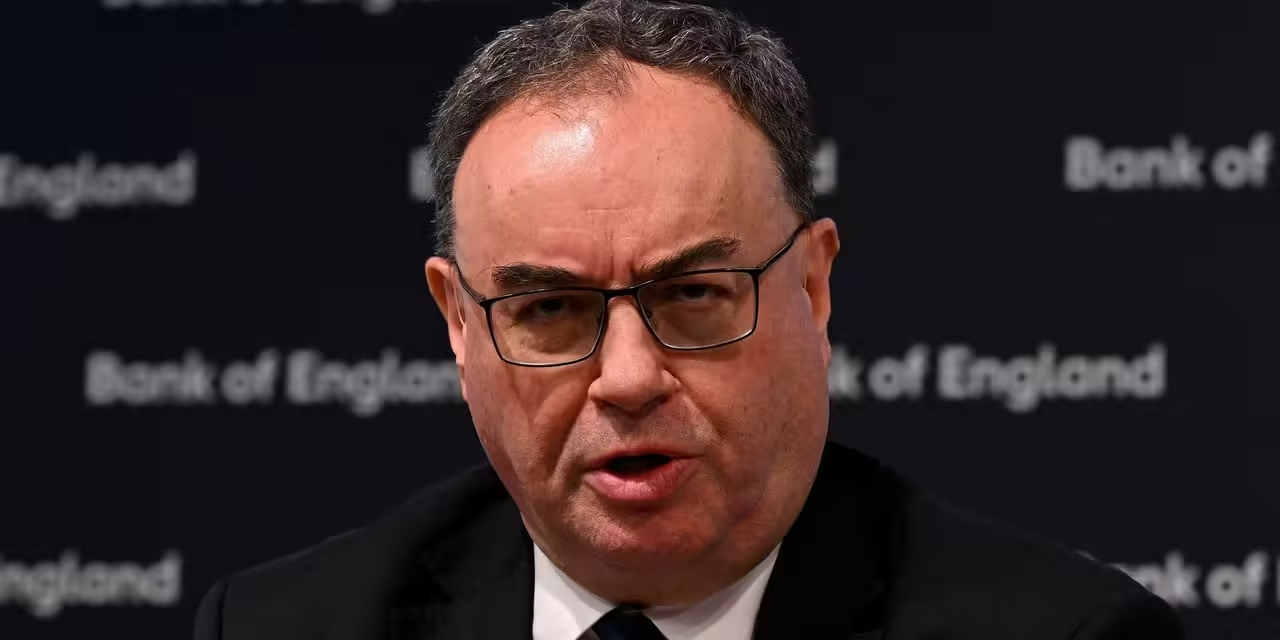Oil prices increased on Thursday, buoyed by optimism that potential US interest rate cuts could boost economic activity and fuel consumption, though worries about slower global demand tempered the gains.
By 0348 GMT, Brent crude futures rose 17 cents, or 0.21%, to $79.93 a barrel, recovering some losses from the previous day. US West Texas Intermediate (WTI) crude was up 21 cents, or 0.27%, at $77.19 per barrel.
Both benchmarks had fallen by more than 1% on Wednesday following an unexpected rise in US crude inventories and diminished concerns over a broader Middle East conflict.
Moderate increases in US consumer prices for July and the first annual inflation rate below 3% in nearly three and a half years have strengthened expectations that the Federal Reserve might cut interest rates next month.
Yuki Takashima, economist at Nomura Securities, noted, “We saw a correction in Asia trade as the oil market was oversold on Wednesday,” with investors anticipating potential Fed rate cuts. However, he cautioned that oil prices might remain under pressure due to ongoing concerns about sluggish global demand, especially from China, forecasting WTI could approach $72 in early August.
Investor anxiety about Iran’s possible retaliation for the assassination of a Hamas leader also supported prices. Iranian officials have suggested that only a ceasefire deal in Gaza might prevent direct retaliation against Israel.
“Geopolitical risk continues to cast a shadow over the oil market,” said ING analysts Warren Patterson and Ewa Manthey. “Uncertainty regarding Iran’s response has led to increased options trading as market participants seek to hedge against significant price swings.”
Additionally, rising US crude oil stockpiles, which increased by 1.4 million barrels in the week ending August 9, raised concerns about weaker demand. This build-up was unexpected, as estimates had predicted a 2.2 million barrel draw, marking the first increase since late June.
Earlier this week, the International Energy Agency reduced its 2025 oil demand growth forecast due to the impact of a weakened Chinese economy. OPEC had similarly cut its 2024 demand forecast. China’s factory output growth slowed in July, and refinery output fell for a fourth consecutive month, highlighting the country’s uneven economic recovery.



